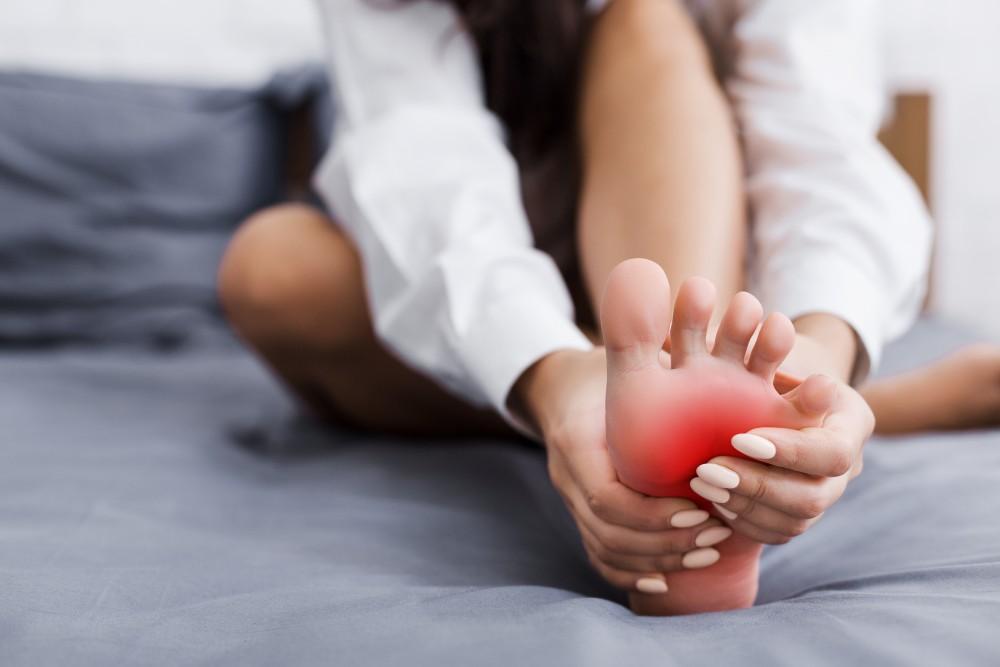
Recovery From Bunion Surgery: What to Expect

If you have what appears to be a bulbous extension at the base of your big toe, and it’s accompanied by pain or throbbing, there’s a good chance you have a bunion.
Treating bunions is often done by performing a bunionectomy, which is a surgery to bring your big toe back into proper alignment.
Our providers at Premier Foot & Ankle have extensive experience treating bunions and performing bunionectomies. In this blog, we explain why bunions develop, how they’re treated, and what the recovery process is like.
What are bunions?
A bunion develops when the first metatarsal — which is the bone that precedes your big toe — pushes outward, and your big toe leans inward. This causes what appears to be a bump at the base of the big toe.
Bunions usually develop slowly over time, and common symptoms include pain, swelling, and redness. Common risk factors for developing bunions include wearing tight shoes, having a family history of them, injury, and osteoarthritis.
Though there are treatments for bunions that are noninvasive, such as prescription medications, orthotics, and physical therapy, sometimes the best option is surgery for lasting results.
What’s involved in a bunionectomy?
First, your provider evaluates your bunion and discusses the history of your condition. If you have pain that’s persistent or hard to tolerate, your provider will likely recommend surgery.
We specialize in minimally invasive (MIS) bunion surgery, which involves fewer and smaller incisions than traditional open surgery. This kind of surgery is associated with less pain, shorter recovery times, and less scarring. The type of surgery your provider will recommend will depend on your situation.
In general, your surgeon will make a small incision down the joint of your big toe. Then your surgeon will position your toe correctly with the help of certain devices, such as screws, wires, and metal plates. Once your toe is aligned correctly, your provider will close the incision.
What is recovering from a bunionectomy like?
In order to support the results of your surgery, you’ll need to give your foot TLC as you recover. While your stitches may be removed after a couple of weeks, you should know that it can take 2-3 months for your bones to heal. During this time, you’ll likely need to wear a boot or shoe to protect your foot.
You may also need to do a number of other things to support your recovery, such as the following:
- Use crutches, a walker, or a scooter
- Take pain medication if prescribed
- Change your dressing regularly
- Elevate your foot
- Refrain from putting weight on your affected foot
Your doctor might also recommend that you receive physical therapy during your recovery. Your range of motion should mostly be restored by the three-month mark, but the swelling could persist for as long as nine months after your surgery.
You’ll also need to visit your doctor regularly to ensure that you’re healing properly and that your mobility is returning. You’ll also need to be on the lookout for signs of infection, such as fever or drainage, from your surgical site.
After your recovery period, you should notice much less pain where your bunion was, increased energy, and much more freedom of movement.
If you have a bunion and want treatment, or if you think you have a bunion and want an evaluation, book an appointment online or over the phone with Premier Foot & Ankle today.
You Might Also Enjoy...


Lapiplasty: How 3D Bunion Correction Works

How to Get to the Root of Your Chronic Heel Pain

5 Ways to Care for Your Athletic Feet This Year

How to Keep Toenail Fungus From Spreading


